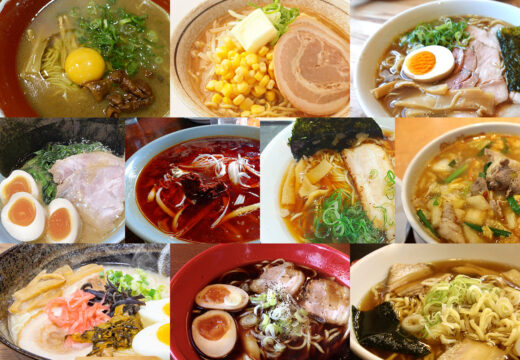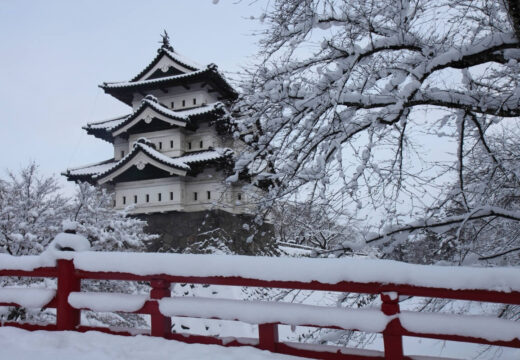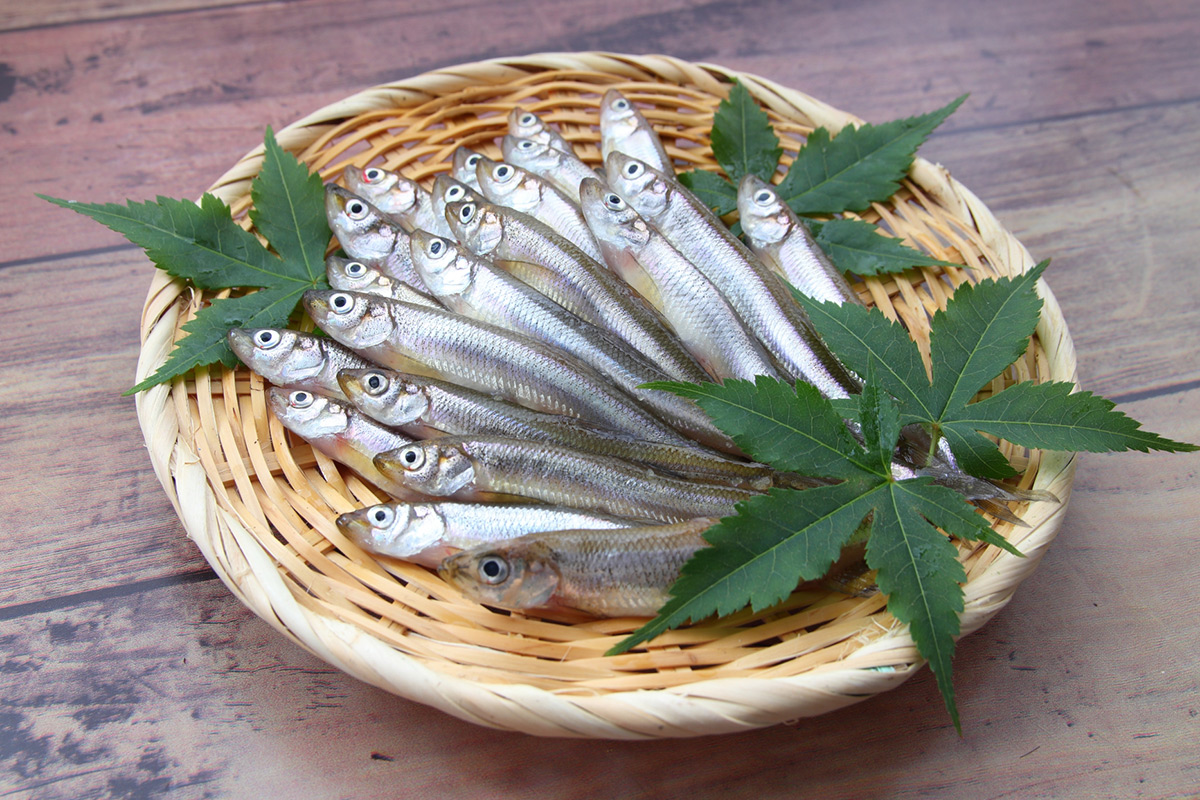
Since Japan is an island nation, fish is often eaten.
And because Japan has four seasons, there are differences in the fish that are considered tasty depending on the season.
Generally, fish are fatty in the fall and winter.One of the reasons for the fat is that as seawater temperatures drop, fish store fat to protect themselves from the cold. As sea water temperatures drop, this fat increases and is stored.
Today, I would like to introduce five Japanese fish that are said to be in season in winter.
1.Buri(Japanese amberjack)
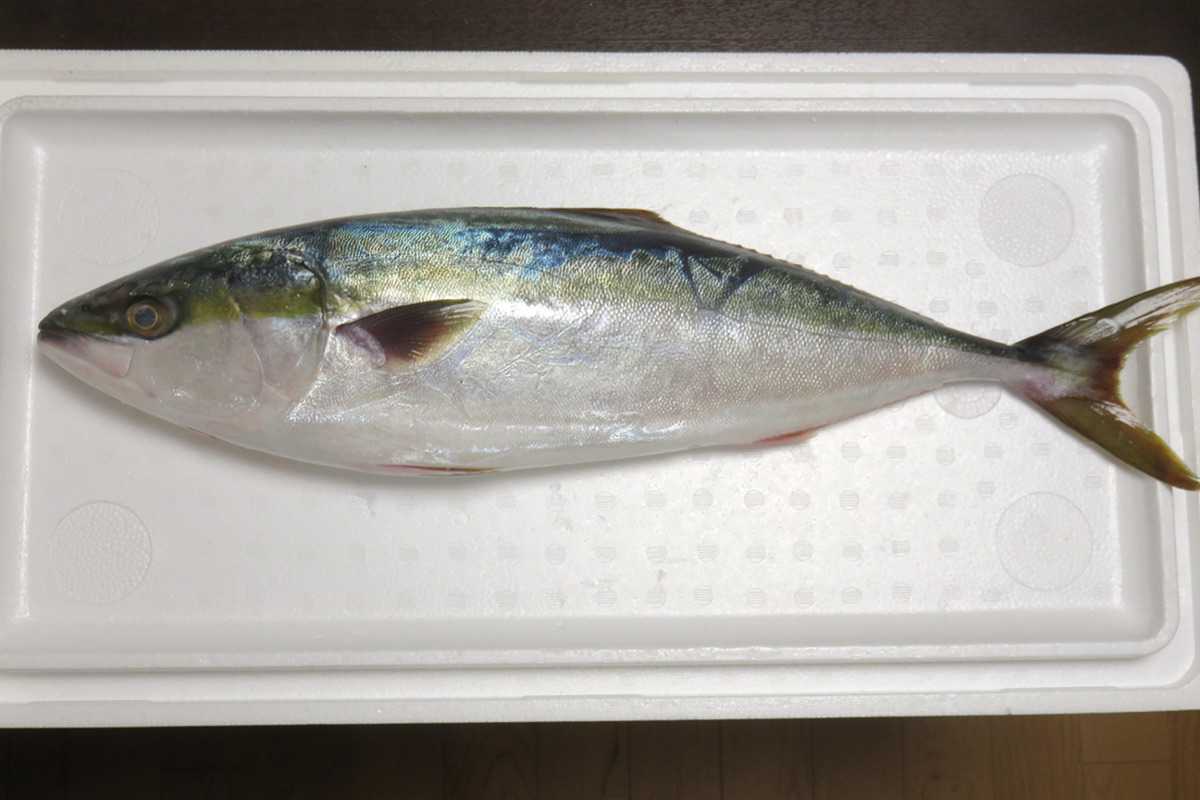
The first one I would like to introduce is Buri.It is a marine fish of the horse mackerel family that migrates along the coast.Large ones exceed 1 m in length.
It is in season from December to February, when it is full of fat and delicious.
By the way, “Buri” is written as “鰤” in kanji.
Winter yellowtail is very fatty and tastes great as sashimi, grilled, or boiled.
Two typical Japanese dishes using Buri are introduced below.
The first is buri teriyaki.
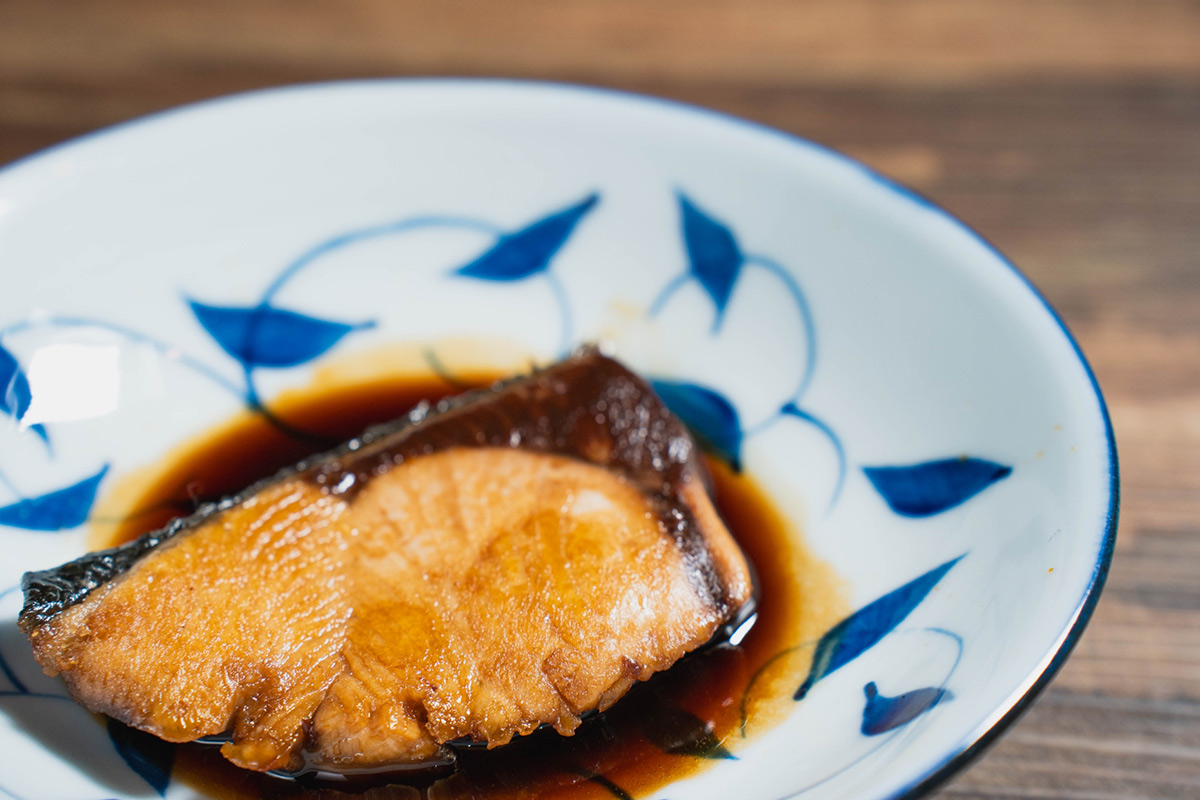
Baked in a sweet and spicy teriyaki sauce. A side dish that goes well with rice.
The second is Buri daikon.Daikon is a Japanese radish.
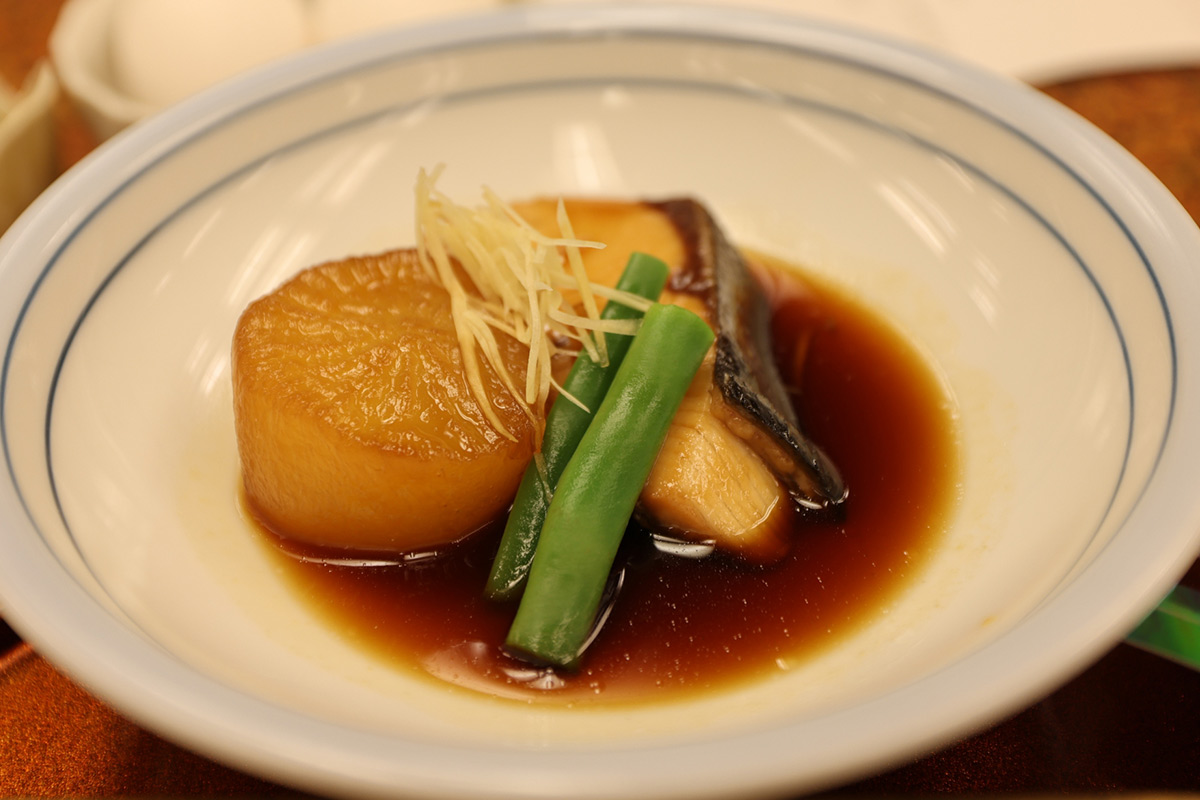
Daikon radish is simmered with fatty buri in a sweet and spicy sauce. The daikon is soaked in the fat from the buri and tastes delicious.
2.Tara(Pacific cod)

Tara has delicious soft white meat.In some areas, it is eaten as sashimi, but generally it is heated.
During the winter season, male milt develops in preparation for spawning, and the flesh becomes melt-in-your-mouth.
Especially delicious are the hot pot dishes.
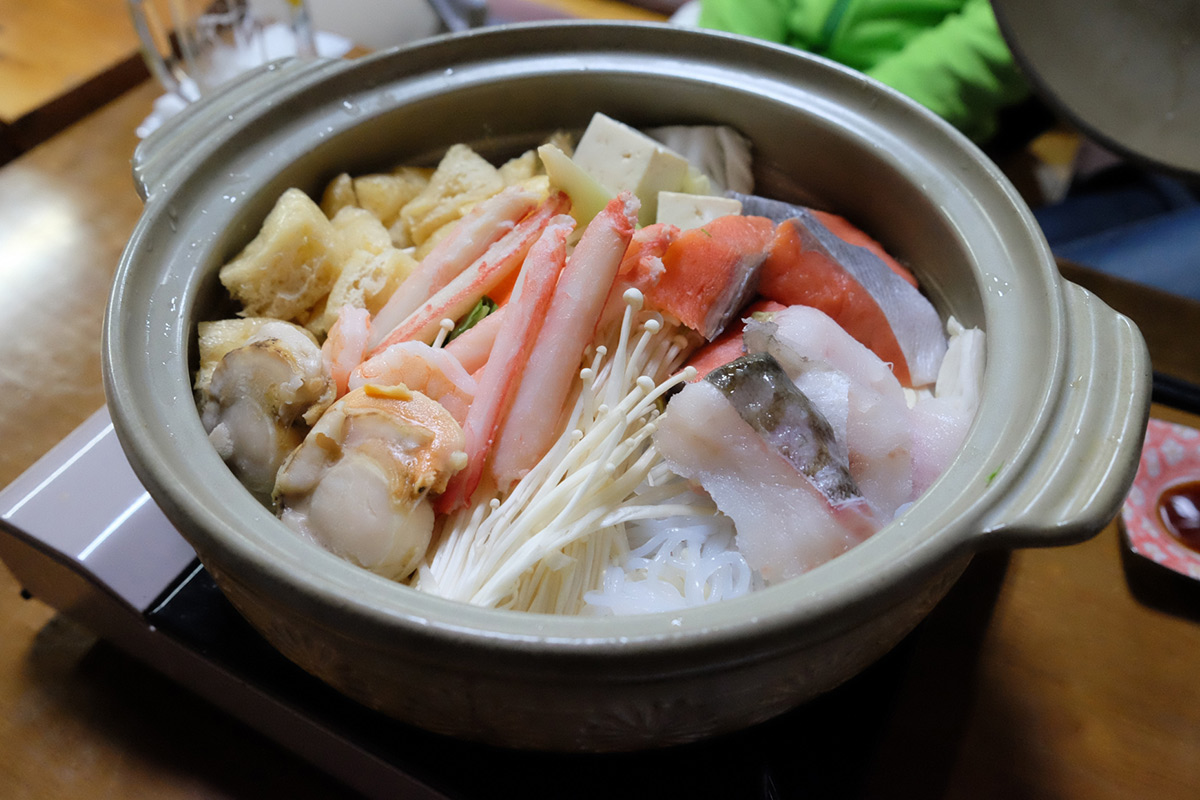
Incidentally, Tara is written with the letter 鱈 in kanji.”魚” is a kanji meaning fish and “雪” is a kanji meaning snow.
The name was derived from the meaning of “harvested in regions where it snows a lot” or “its flesh is as white as snow”.
3.Wakasagi(Japanese pond smelt)

Wakasagi inhabit lakes and dams, the lower reaches of rivers that flow into these lakes and dams, or the inner bays of the sea.Depending on the region, the Wakasagi fishing season usually runs from December to March.
The average lifespan of a Wakasagi is 1 year. Then comes the spawning season from winter to spring. This is considered the best time of year to catch wakasagi, and the area is crowded with anglers who enjoy wakasagi fishing every year.
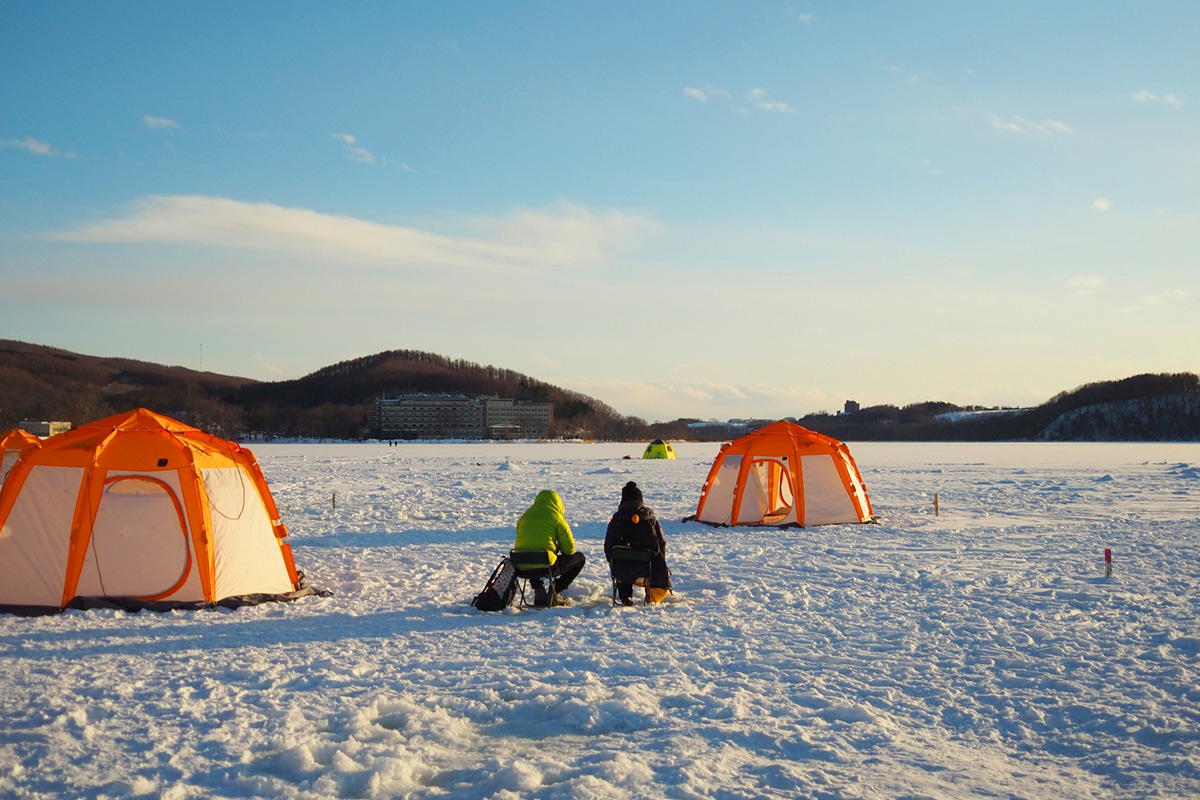
Wakasagi is a small fish, so it is basically eaten over heat. The most common way to eat it is tempra.Dip the flour dough in Wakasagi and deep fry in oil. This is because it can be eaten from head to tail.
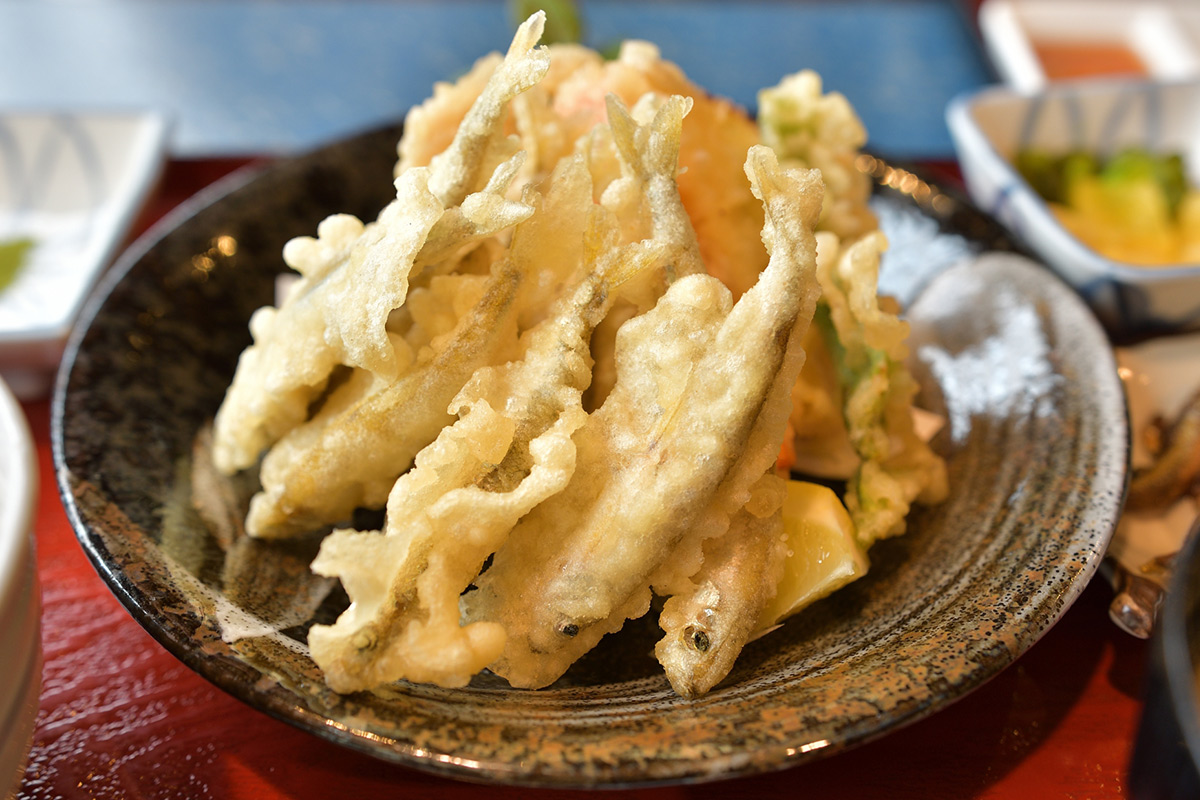
4.Kaki(oyster)
Although not fish, one shellfish is also introduced.

In Japan, there are two types of oysters: true oysters(Magaki) and rock oysters(Iwagaki).Of these, Magaki is more in season in winter.
In the winter, before spawning, the fish is full of nutrients, and its taste is very delicious.
There are many ways to eat in Japan. When eaten raw, it is said to be delicious with its aroma of the sea and saltiness, and its creamy, melt-in-your-mouth texture.However, there is a low probability, but it is rare, that you may hit a fungus. In that case, you will feel very sick to your stomach.
Another way to eat yakigaki is to grill it on a net.
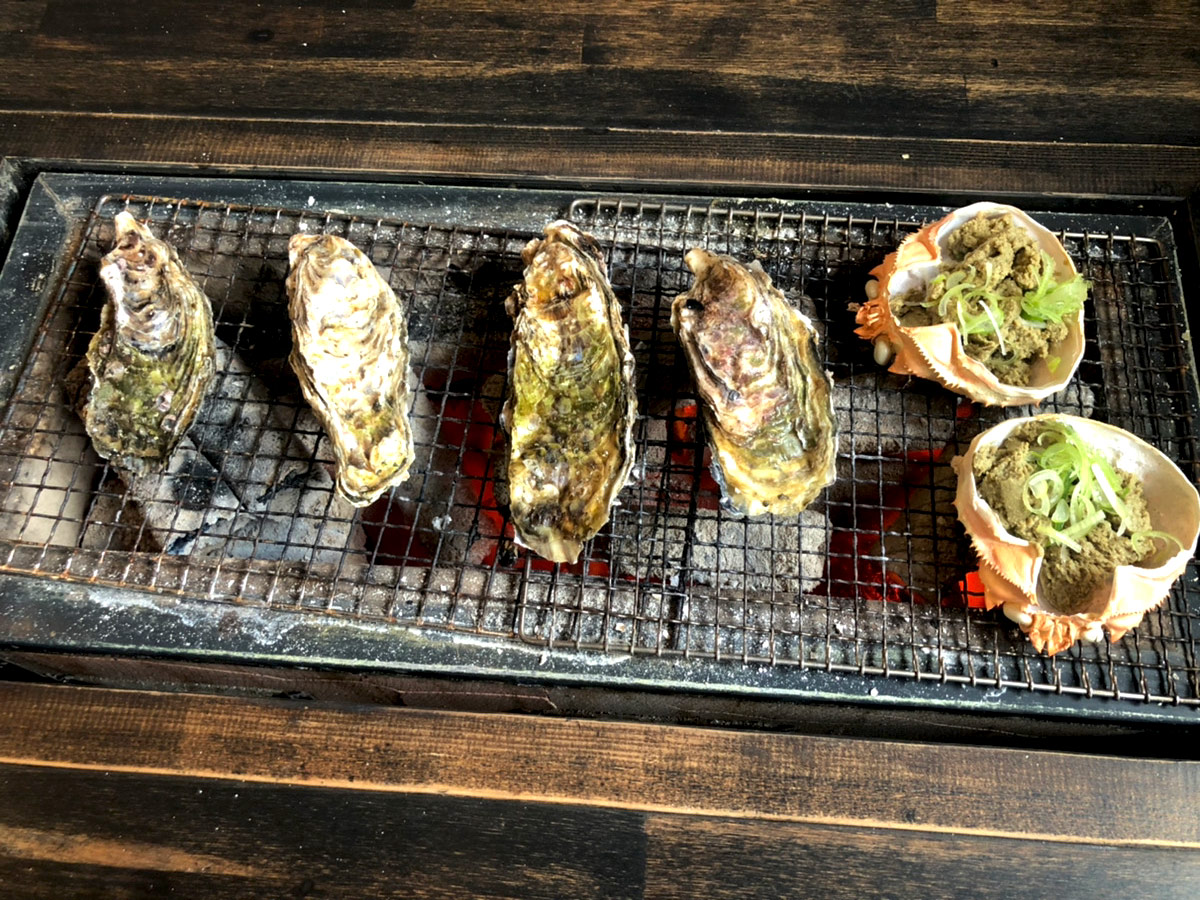
In winter, restaurants called “Kakigoya” (oyster huts) are set up in areas famous for oysters.
5.Ankou(lingering scent of a flower in the darkness)

The fish inhabit sandy muddy seabed at depths of 30m-500m.The best season is from November to February, when the fish is nourished for spawning and the liver is enlarged.
This fish has long been considered a luxury food.
In some areas, the fish is cut in a unique way called “Tsurushigiri”.Tsurushigiri means to hang Ankou upside down by a rope or other means and cut it in the air.
Because the surface of this fish is slimy, it is easier to cut this way than on a cutting board.
This fish is famous as a “lean fish” that can also eat its gills and stomac.
In Japan, it is mainly eaten in hot pots.
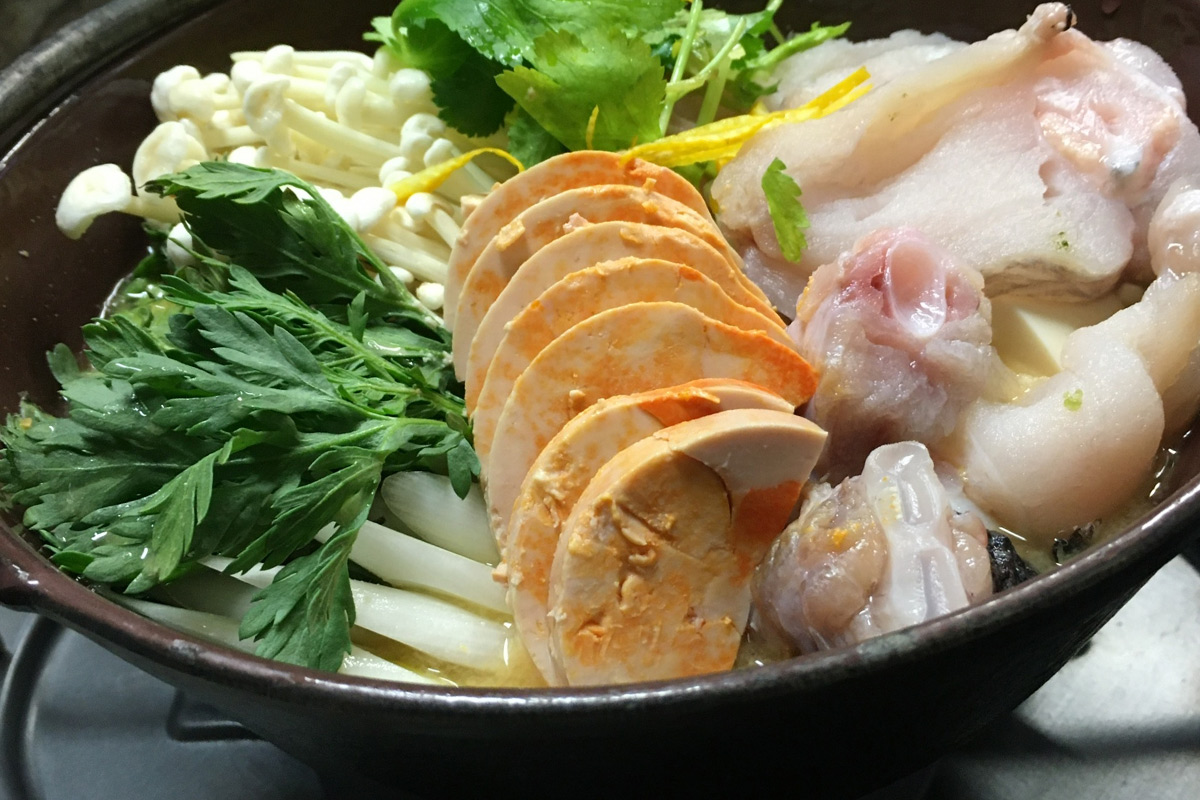
I hope you will try other fish dishes as well as SUSHI.


